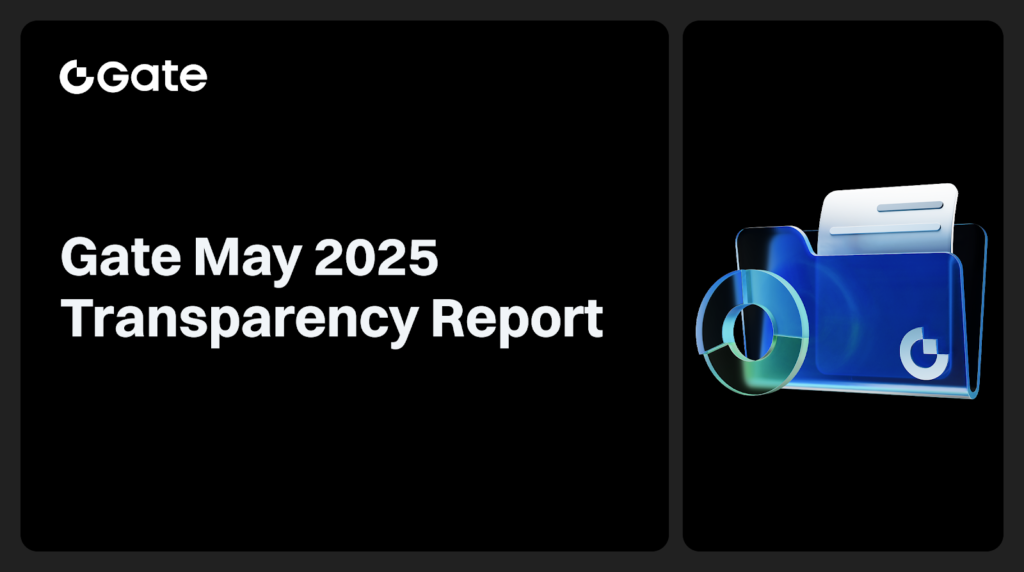In the era of globalization, cross-border payments and remittances play a crucial role in facilitating international trade and supporting global economies. However, traditional payment systems often suffer from inefficiencies, high costs, and delays. Smart contracts, powered by blockchain technology, offer a promising solution to revolutionize cross-border payments and remittances. This article explores the benefits and use cases of smart contracts in the realm of cross-border transactions, highlighting their potential to enhance speed, transparency, security, and cost-effectiveness.
Challenges in Cross-Border Payments and Remittances
- Inefficiencies in Traditional Systems
Traditional cross-border payment systems are often burdened by complexities and intermediaries, resulting in slow and costly transactions. The involvement of multiple banks, clearinghouses, and payment processors can introduce delays and increase the overall transaction fees.
- Lack of Transparency
The lack of transparency in cross-border payments makes it difficult for individuals and businesses to track the status of their transactions. The opacity of the process can lead to uncertainty, disputes, and a lack of trust among parties involved.
- High Costs and Hidden Fees
Conventional methods of cross-border payments are associated with high costs, including transaction fees, currency conversion fees, and intermediary charges. These costs can significantly impact the amount received by the beneficiary, especially in the case of remittances where individuals rely on receiving the maximum value.
How Smart Contracts Address These Challenges
Streamlined Processes
Smart contracts automate the execution and enforcement of payment agreements between parties. By eliminating intermediaries and leveraging blockchain technology, smart contracts enable direct peer-to-peer transactions, simplifying the payment process and reducing delays.
Enhanced Transparency
Blockchain-based smart contracts provide a transparent and immutable record of transactions. Participants can easily trace the progress and history of cross-border payments, ensuring accountability and building trust among the parties involved.
Cost Efficiency
Smart contracts have the potential to significantly reduce costs associated with cross-border payments and remittances. By eliminating intermediaries and automating the payment process, transaction fees can be minimized, resulting in more affordable cross-border transactions.
Use Cases of Smart Contracts in Cross-Border Payments and Remittances

Remittances
Remittances are a vital source of income for many individuals and families across the globe. Smart contracts can streamline the remittance process by automating the verification of sender and recipient identities, facilitating secure and low-cost transfers. The transparent nature of smart contracts ensures that remittance funds reach the intended recipients swiftly.
International Trade
Smart contracts can revolutionize cross-border payments in international trade by automating payment terms and conditions. Contracts can be coded to execute payments upon successful fulfillment of predefined criteria, such as shipment delivery or quality verification. This eliminates the need for manual intervention, reduces delays, and enhances trust between buyers and sellers.
Micropayments
Smart contracts enable efficient micropayments in cross-border transactions. With traditional systems, the overhead costs associated with small payments can make them economically unfeasible. Smart contracts eliminate the need for intermediaries and reduce transaction fees, making micropayments viable and enabling new business models.
Security and Risk Mitigation
Improved Security
Smart contracts utilize cryptographic techniques to ensure the security and integrity of cross-border payments. Transactions recorded on the blockchain are tamper-proof and resistant to fraudulent activities, reducing the risk of unauthorized alterations or data breaches.
Mitigated Counterparty Risk
Smart contracts mitigate counterparty risk by automatically enforcing payment conditions. Funds are locked within the contract until the agreed-upon conditions are met, reducing the risk of non-payment or default.
As the adoption of smart contracts in cross-border payments and remittances continues to grow, there are still challenges to overcome. Regulatory frameworks and legal considerations must be addressed to ensure compliance and facilitate the integration of smart contracts into existing financial systems. Interoperability between different blockchain platforms and traditional banking systems is another aspect that needs attention for seamless cross-border transactions.
Financial Inclusion
Smart contracts have the potential to promote financial inclusion in cross-border payments and remittances. Traditional banking systems often exclude individuals who lack access to formal financial services. By leveraging smart contracts and blockchain technology, individuals can participate in the global economy, conduct cross-border transactions, and access financial services securely and affordably.
Compliance and Regulatory Considerations
Compliance with regulatory frameworks is essential when implementing smart contracts in cross-border payments and remittances. Regulations related to anti-money laundering (AML), know-your-customer (KYC) requirements, and sanctions must be adhered to. Smart contracts can incorporate these compliance measures, ensuring that transactions comply with regulatory standards and facilitating a transparent and trusted payment ecosystem.
Scalability and Interoperability
As the volume of cross-border payments and remittances continues to grow, scalability and interoperability become critical considerations. Smart contract platforms need to be scalable to accommodate the increasing number of transactions. Moreover, interoperability between different blockchain networks and traditional financial systems is vital to ensure seamless integration and compatibility between various stakeholders in the global payment ecosystem.
Integration with Payment Gateways and APIs
Smart contracts can be integrated with existing payment gateways and application programming interfaces (APIs) to enhance interoperability and connectivity. Integration with payment gateways allows for seamless connection to banking networks, facilitating the conversion of digital assets into fiat currencies and vice versa. APIs enable the integration of smart contracts into existing financial infrastructure, enabling cross-border payments to interact with traditional systems.
Risk Management and Fraud Prevention
Smart contracts can enhance risk management and fraud prevention in cross-border payments and remittances. By automating payment conditions and incorporating real-time monitoring of transactions, smart contracts can detect suspicious activities and mitigate risks associated with fraud, money laundering, and terrorist financing. This proactive approach enhances the security and integrity of cross-border payment systems.
Collaborative Ecosystems and Partnerships
The successful implementation of smart contracts in cross-border payments and remittances requires collaboration among stakeholders. Financial institutions, payment service providers, regulatory bodies, and technology providers need to work together to establish industry standards, share best practices, and foster a collaborative ecosystem that drives innovation and ensures the adoption of smart contract solutions.
Auditable and Immutable Transaction Records
Smart contracts provide auditable and immutable transaction records, ensuring transparency and accountability in cross-border payments and remittances. Every transaction recorded on the blockchain is permanent and cannot be altered or deleted, providing a transparent audit trail for regulatory purposes and dispute resolution.
Smart Contract Oracles for External Data Integration
Smart contract oracles serve as bridges between the blockchain and external data sources, such as exchange rates and regulatory compliance databases. By integrating oracles into smart contracts, cross-border payments can incorporate real-time exchange rates, regulatory updates, and other relevant information, ensuring accurate and up-to-date transactions.
Smart Contracts for Conditional Payments
Smart contracts allow for conditional payments in cross-border transactions. Payments can be triggered based on predefined conditions, such as the successful completion of specific milestones or the fulfillment of contractual obligations. This automated process ensures that funds are released only when the agreed-upon conditions are met, reducing risks and enhancing trust between parties.
Cross-Border Payments in the Gig Economy
The rise of the gig economy has led to an increase in cross-border payments for freelancers and independent contractors. Smart contracts can facilitate seamless and secure payments between clients and freelancers, automating the payment process based on predefined terms and ensuring fair compensation for services rendered.
Overcoming Currency Volatility
Currency volatility poses challenges in cross-border payments and remittances. Smart contracts can mitigate this risk by automating currency conversions at the time of transaction execution. By incorporating real-time exchange rates and predefined conversion algorithms, smart contracts enable instant and accurate currency conversions, minimizing the impact of currency fluctuations.
Environmental Impact and Sustainability
Smart contracts offer the potential to reduce the environmental impact of cross-border payments and remittances. By eliminating the need for intermediaries, paper-based documentation, and physical infrastructure, smart contracts contribute to a more sustainable and eco-friendly payment ecosystem.
User Education and Adoption
To fully leverage the benefits of smart contracts in cross-border payments and remittances, user education and adoption are key. Promoting awareness and providing user-friendly interfaces and tools can empower individuals and businesses to embrace smart contract technology, improving efficiency, reducing costs, and enhancing financial inclusion.
Conclusion
In conclusion, smart contracts have the potential to revolutionize cross-border payments and remittances by offering streamlined processes, enhanced transparency, cost efficiency, and improved security. The use of blockchain technology and automation through smart contracts simplifies the payment process, reduces delays, and lowers transaction costs. As the technology matures and adoption increases, smart contracts will play a significant role in transforming the global financial landscape, making cross-border transactions faster, more transparent, and accessible to a wider population.
Smart contracts have the potential to revolutionize cross-border payments and remittances by addressing the challenges of traditional systems. Through streamlined processes, enhanced transparency, and cost efficiency, smart contracts offer a promising solution for faster, more secure, and cost-effective cross-border transactions. With use cases ranging from remittances to international trade and micropayments, smart contracts enable peer-to-peer transactions, eliminate intermediaries, and enhance trust among participants.
The security and risk mitigation features of smart contracts provide an additional layer of protection in cross-border payments. The use of cryptographic techniques ensures the integrity of transactions, reducing the risk of fraud and unauthorized alterations. By automating payment conditions and enforcing them through smart contracts, counterparty risk is mitigated, providing assurance to parties involved in cross-border transactions.
As the adoption of smart contracts in cross-border payments and remittances continues to grow, there are still challenges to overcome. Regulatory frameworks and legal considerations must be addressed to ensure compliance and facilitate the integration of smart contracts into existing financial systems. Interoperability between different blockchain platforms and traditional banking systems is another aspect that needs attention for seamless cross-border transactions.













